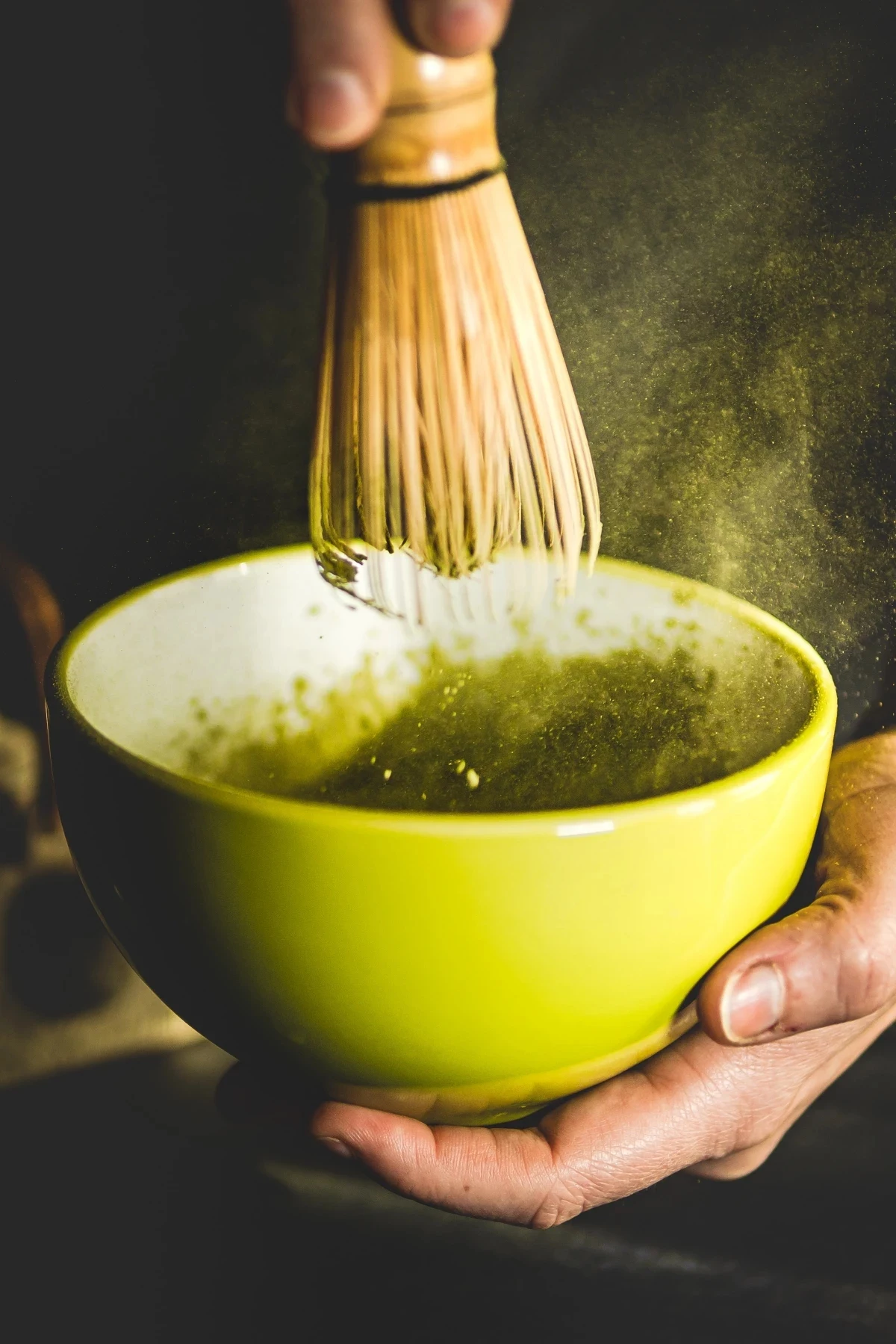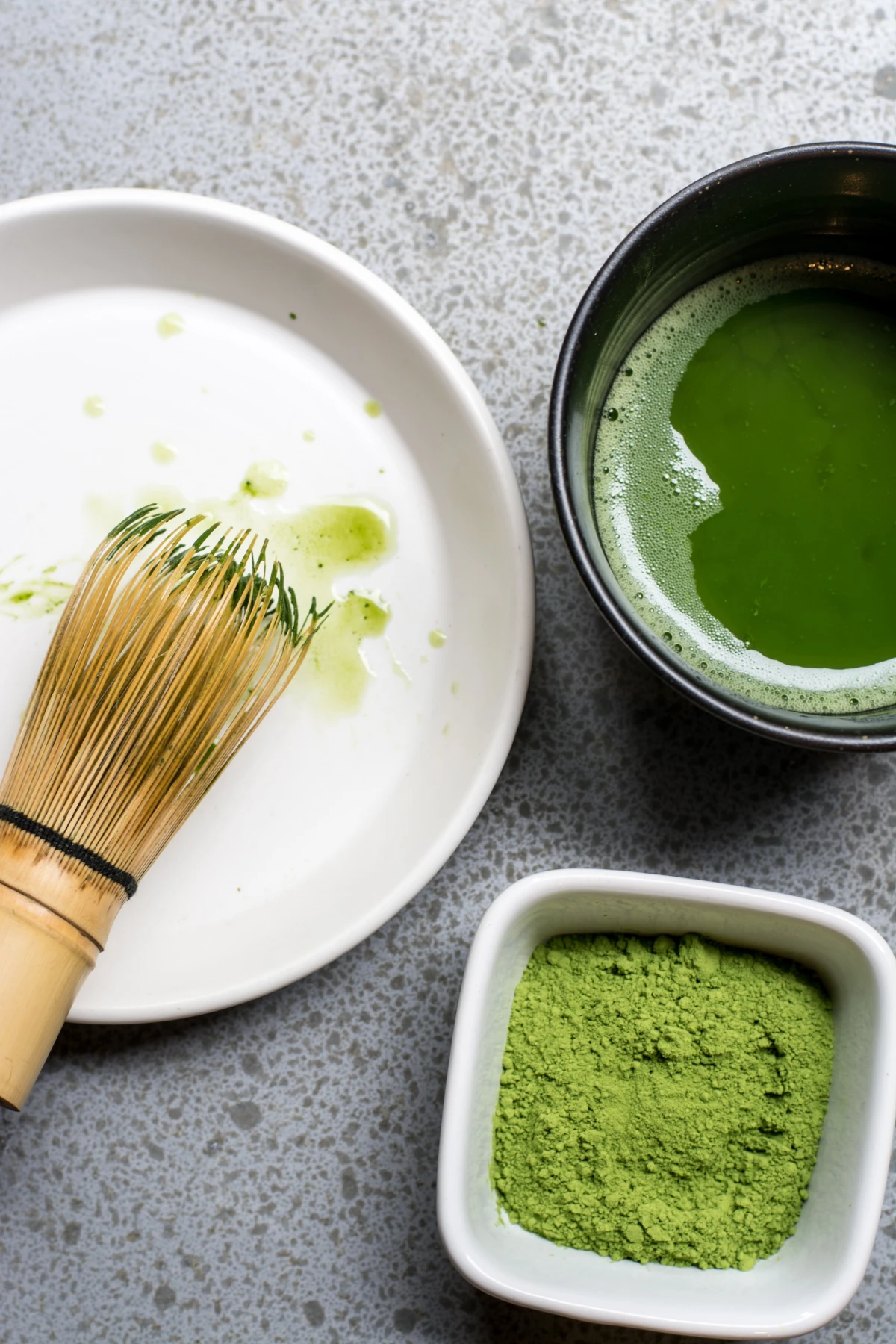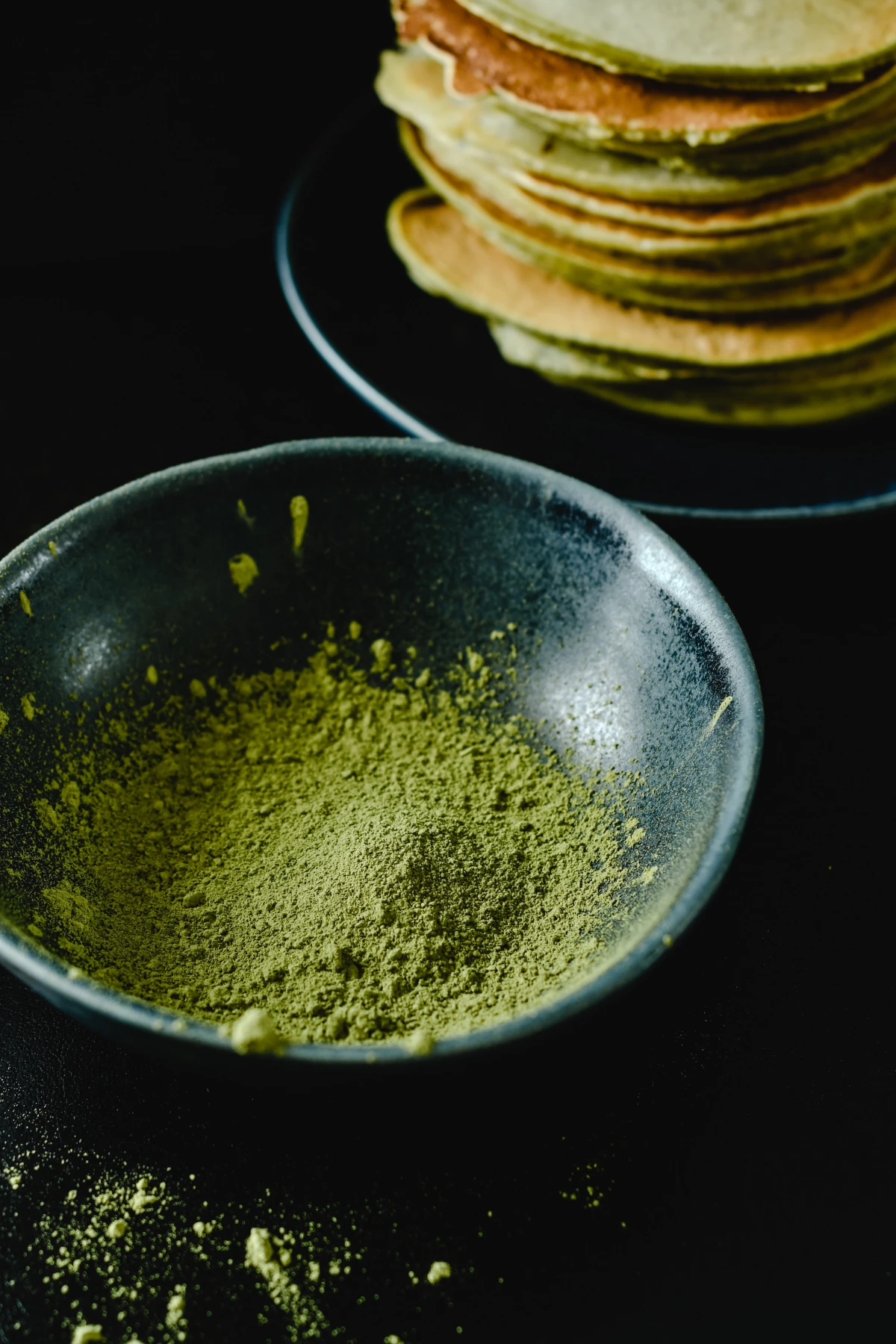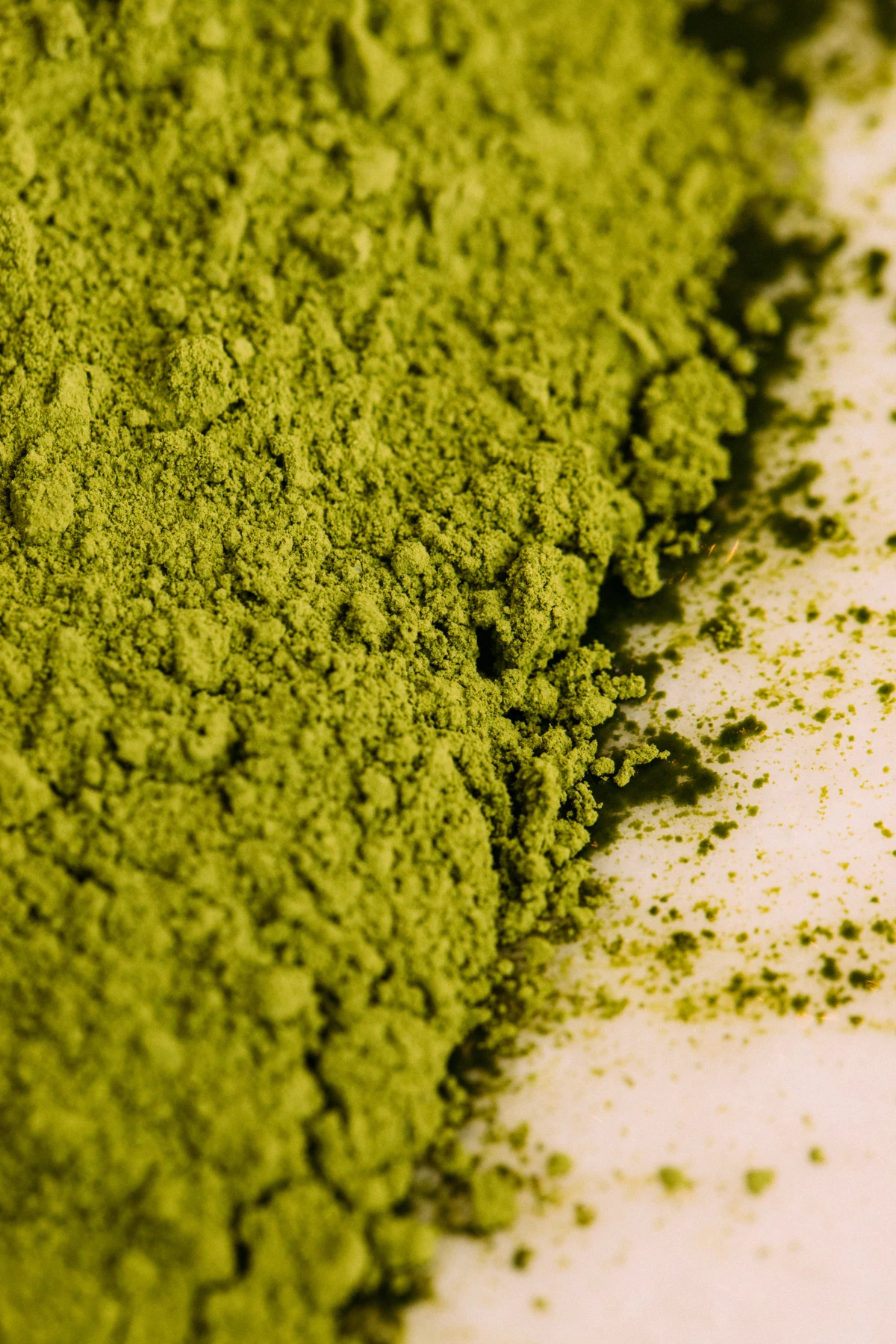Forget the Chalky Lattes: A Real-Talk Guide to Finding and Making Amazing Matcha
I think we’ve all been there. Your first “matcha” experience was probably a chalky, overly sweet green latte from a big coffee chain. It’s… fine. But it’s not real matcha. I’ll never forget my first time with the real deal—a vibrant, emerald green bowl of tea, prepared with quiet focus. The bowl was warm, the foam was like velvet, and the taste was this incredible mix of savory, smooth, and slightly sweet. It was a complete revelation.
In this article
That moment taught me that authentic matcha is more than just a trendy drink; it’s the result of incredible artistry in both farming and preparation. After years of working with teas and seeing the market get flooded with low-quality junk, I wanted to cut through the noise. This is the practical guide I wish I’d had, designed to help you find, make, and truly enjoy the good stuff.
So, What Makes Matcha So Special Anyway?
To really get why we make such a fuss about good matcha, you have to understand that its uniqueness starts in the field, long before anyone even thinks about a whisk. It’s not just ground-up green tea; it’s a whole different beast because of how it’s grown and processed.

The Magic of Shade
About three or four weeks before the tea leaves are harvested, the farmers cover the plants with heavy tarps or traditional reed screens. This process, known as kabuse, plunges the plants into near darkness. In response, the plant freaks out a little (in a good way) and starts producing a massive amount of chlorophyll to try and capture what little light it can. That’s why high-quality matcha has that signature, electric-green color. If you see a powder that’s dull or yellowish, it’s a dead giveaway that it wasn’t shaded properly or is just plain old.
But here’s the really cool part. That lack of sunlight stops the plant from converting a wonderful amino acid, L-theanine, into bitter-tasting catechins. This means the final leaf is packed with L-theanine, which is responsible for that savory, brothy flavor we call umami. It’s also the secret ingredient behind matcha’s famous “calm, focused alertness.”

From Leaf to a Superfine Powder
After the harvest, the leaves are quickly steamed to stop oxidation, which locks in their freshness and green color. Then they’re dried, and at this point, they’re called tencha. This is key: only tencha can be used to make true matcha.
The final step is the grind. The tencha leaves, with all the stems and veins painstakingly removed, are slowly ground between large granite stone mills. And when I say slowly, I mean it—it can take a full hour to grind a tiny 30-gram tin of matcha. This slow, cool process is vital because modern industrial grinders create too much friction and heat, which literally cooks the delicate flavor and aroma right out of the tea. That ultra-fine, silky powder from the stone mills is what allows the matcha to suspend beautifully in water, creating that smooth, creamy texture we’re after.
How to Spot Good Matcha (and Avoid the Bad)
First off, let’s get one thing straight: terms like “ceremonial grade” and “culinary grade” are mostly just marketing. There are no official rules, so anyone can slap “ceremonial” on their label. Instead of trusting the packaging, you need to trust your senses.

- 1. Color is Everything: Your eyes are your best friend here. Open the tin. High-quality matcha should be a shocking, vibrant jade green. If it looks like swampy khaki or brownish-yellow, put it back. That means it’s either old, oxidized, or was made from low-grade leaves.
- 2. Feel the Texture: Good matcha powder feels like makeup—think silky eyeshadow or talcum powder. It should be incredibly fine and smooth. If it feels gritty or coarse, it wasn’t ground properly (or at all) and will taste gritty in your bowl. No, thanks.
- 3. Trust Your Nose: A fresh tin of great matcha smells incredible. You should get sweet, vegetal notes (like fresh baby spinach or sweet peas) with a creamy, almost nutty undertone. A bitter, dusty, or hay-like smell is a major red flag. I once got a sample that smelled faintly of fish—a sure sign of poor quality. Needless to say, we passed.
- 4. Know Where It’s From: While a few places produce it, Japan is still the undisputed champ for quality and safety. You’ll often see a few regions mentioned. Uji, the historical heartland, is famous for its deep, rich, savory flavor and is often considered the most prestigious. Nishio is another top region, known for producing a wonderfully balanced, creamy, and refreshing profile that’s a perfect all-rounder. Lately, Kagoshima in the south has become a powerhouse for amazing organic matcha, often with a bolder, more vibrant character. If a brand is cagey about its origin, I’d be suspicious.
- 5. Let’s Talk Money: I have to be blunt about this—good matcha costs money. The shading, hand-picking, and stone-grinding process is incredibly labor-intensive. A price that seems too good to be true ($10 for a big bag) is a guarantee you’re buying something else entirely. For a good quality 30-gram tin, you should realistically expect to pay between $25 and $50. Think of it as an investment in a genuinely great experience.

Making a Perfect Bowl: Your Step-by-Step Guide
Preparing matcha is a little ritual that really adds to the enjoyment. It’s not complicated, but a few details make all the difference. You’ll need a few tools, but don’t be intimidated.
A simple starter kit—which usually includes a proper wide-bottomed bowl (chawan), a bamboo whisk (chasen), and a bamboo scoop (chashaku)—is a great investment. You can find decent sets online for about $30 to $60 on Amazon or at specialty tea shops. The whisk is non-negotiable; nothing else works!
The Method:
- Warm Everything Up: Pour some hot water into your tea bowl to warm it up. Place your whisk in the water, tines down, for about a minute to soften the bamboo. This makes it flexible and prevents breakage. Then, discard the water and dry the bowl completely.
- Sift Your Matcha: This is the step everyone skips and the one that matters most! Use your scoop to measure two scoops (about 1.5-2 grams, or a level teaspoon) of matcha through a small, fine-mesh sifter into your bowl. This breaks up all the clumps and is the secret to a foam-free tea.
- Get the Water Right: And here it is, the most common mistake: NEVER use boiling water! It will scorch your expensive matcha and make it taste horribly bitter. The sweet spot is 160-175°F (70-80°C).
Quick tip: If you don’t have a temperature-controlled kettle, just boil your water, pour it into a separate room-temperature mug, and then pour it over your matcha. That two-step transfer cools it down perfectly. Pour about 2.5 ounces (70ml) of water into the bowl.
- Whisk Like You Mean It: Hold the whisk vertically and whisk rapidly from your wrist, not your whole arm. You’re not stirring in a circle; you’re aerating. Move back and forth in a fast “W” or “M” motion for about 15-20 seconds until you have a thick layer of tiny bubbles.
- Finish the Foam: Once it’s frothy, slow down and gently move the whisk in a circle on the surface to pop any large bubbles. Lift the whisk from the center to create a nice little peak.
Now, drink it right away while it’s warm and the foam is perfect. Enjoy the whole thing—you’re consuming the entire leaf, after all!

Help! Troubleshooting Common Fails
Is your matcha not turning out right? It’s almost always one of these two things:
- “Why is my matcha bitter?” Your water was too hot. Period. That’s the number one cause of bitterness. The second possibility is you used way too much powder for the amount of water.
- “Why won’t it foam?” You probably skipped the sifting step, which leaves clumps that kill the foam. It could also be that your whisking isn’t fast enough (it’s all in the wrist!) or your whisk is old and has lost its shape.
A Realistic Look at the Benefits
Matcha gets hyped as a miracle cure for everything, but let’s be realistic. Its most noticeable and reliable effect is that feeling of calm, focused energy. It’s totally different from the jolt and crash of coffee. That magic combo of caffeine and L-theanine gives you a sustained, clear-headed focus that’s perfect for writing, studying, or creative work. It’s energy without the anxiety.

Yes, it’s also packed with antioxidants, way more than steeped green tea since you’re drinking the whole leaf. This is great for your overall wellness, but think of it as a healthy habit that supports a good lifestyle, not a medicine. Any claims about it being a magic weight-loss powder are, frankly, overblown. The real win is swapping out a 400-calorie sugary latte for a zero-calorie, energizing bowl of pure matcha.
Final Thoughts on Safety and Storage
Okay, a quick but serious heads-up on safety. Tea plants can absorb elements from the soil, including heavy metals like lead. Because you ingest the whole leaf with matcha, this is a much bigger deal than with steeped tea. This is the single most important reason to be picky about your source. Reputable producers in Japan adhere to incredibly strict standards and test their products. Only buy from brands that are transparent about their sourcing and testing. Your health is worth the extra few bucks for a trusted product.

And once you’ve bought that beautiful tin, protect your investment! Matcha is delicate and hates light, heat, and air. As soon as you open it, store it in its airtight container in the fridge. Try to use it up within a month or two for the best, most vibrant flavor. Enjoy the ritual!
Galerie d’inspiration


Ceremonial or Culinary Grade: Does the label really matter?
Absolutely. Think of it like olive oil: you use your finest extra-virgin for drizzling, not for high-heat frying. Ceremonial Grade is the highest quality, made from the youngest, most tender tea leaves. It has a vibrant green color, a naturally sweet, umami-rich flavor, and is intended to be whisked with hot water and savored on its own. Culinary Grade, while still good quality from reputable sources like Ippodo Tea, is made from older leaves. Its bolder, more astringent flavor is designed to stand up to other ingredients in lattes, smoothies, and baked goods. Using ceremonial grade in a milky latte is a waste of its delicate flavor (and your money!).
Did you know? The ideal water temperature for preparing matcha is between 165-175°F (75-80°C).
Using boiling water is a common mistake that actually scalds the delicate tea leaves, resulting in a bitter, astringent taste. It destroys the subtle umami and sweet notes that make high-quality matcha so special. If you don’t have a variable-temperature kettle, simply boil the water and let it sit for a few minutes to cool down before pouring it over your powder. This small change makes a world of difference in your bowl.










